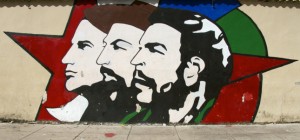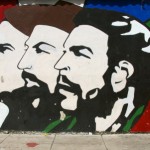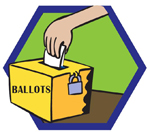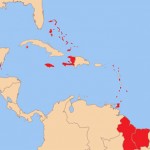Cuba: Détente or Monroe Doctrine Imperial Plot?
By Dady Chery
Haiti Chery
Although the Cuban Revolution is 57 years old and is usually blamed for Cuba’s isolation, it has been 88 years since the last visit to the island by a US head of state. United States President Barack Obama, together with members of his cabinet, including Secretary of State John Kerry, and a large delegation of legislators, visited Cuba on March 20-22, 2016. The previous US state visit to Cuba was by Calvin Coolidge in January 1928, as part of the 6th Pan-American Conference. Back then Cuba and much of Central America, including Haiti, the Dominican Republic, and Nicaragua were occupied by the US. Coolidge had come to gloat about the supposed sovereignty of Cuba and express support for his bloody client dictator Gerardo Machado. The Monroe Doctrine was naked then and not cloaked in fake humanitarianism. Like Coolidge, Obama delivered his speech in Havana’s Grand Theater.
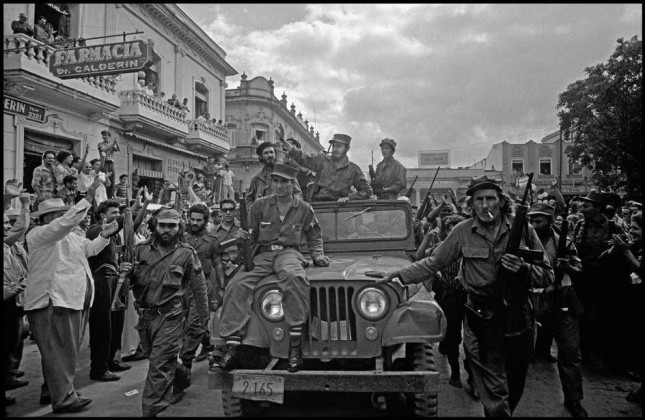
The US politicians went to Havana to remedy the embarrassing situation that their country had wound up isolating itself during its attempts to isolate Cuba. In 2011, when the US was still trying to exclude Cuba from the Organization of American States (OAS), the member countries, under the impetus of former Venezuelan President Hugo Chavez, formed an alternative group: the Community of Latin American and Caribbean States (CELAC), which included Cuba but excluded the US and Canada. Gradually, Cuba gained membership, formal and informal but always respectful, into more and more Latin American and Caribbean groupings in which the US was not welcome. This was not supposed to happen. After the culmination of the Cuban Revolution in January 1959, a severe trade embargo was imposed on Cuba, not only from the US, which was its biggest trade partner, but also from allies of the US. This left the island nation without even basic necessities like toothpaste and toilet paper. The embargo on medication was especially brutal because it was compounded by the flight of thousands of Cuban doctors from the country in 1959 alone and the fact that the country had no foreign exchange due to looting of the public treasury by US client president Fulgencio Batista.
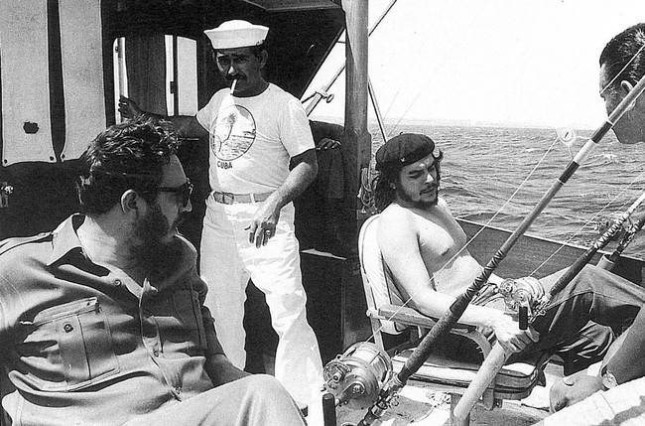
Many Cubans died, but they did not grovel, undo their own revolution and surrender to the US under the worst possible terms, as was expected. Cuba’s ascendance as a major powerhouse in healthcare and biotechnology began with the dispatch of a medical mission to Chile in 1960 to assist the victims of the magnitude-9.5 Valdivia Earthquake. Cuba also changed the course of geopolitics, starting with a shipment of weapons to the Algerians in 1961 during their war against French colonial rule. As Cuba rebuilt its middle class, so too grew its internationalism and its assistance to the victims of natural disasters like hurricanes, and man-made horrors like apartheid South Africa and Haiti’s cholera. For nearly 60 years, Cuba accumulated such a stock of goodwill that the label of being a state that sponsors terrorism became universally dismissed as a Cold War relic. The United Nations General Assembly overwhelmingly voted more than 20 times to end the trade embargo. The vote in 2015 was essentially unanimous; 193 countries voted to repeal the embargo, the only exceptions being the US and Israel. Instead of failing because of the embargo, the Cuban revolution succeeded because of it.
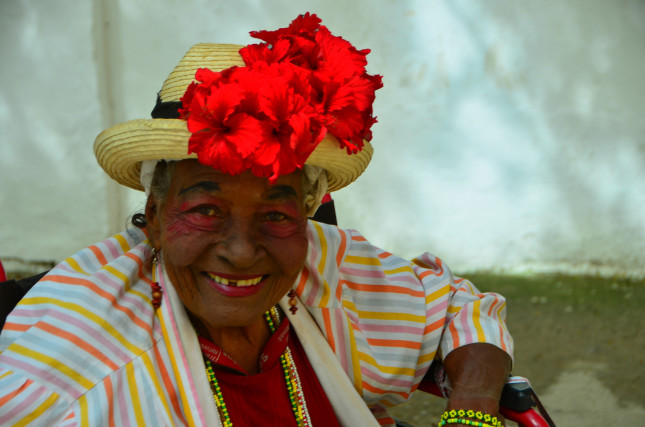
Compared to Cuba, a quite different trajectory brought the US to the March 2016 meetings in Havana. In the US, the decision to reestablish relations with Cuba dated from around 2007, when the Atlanta law firm and major Washington lobbyist Alston & Bird donated $33,000 to a relatively unknown presidential candidate during the first few months of his campaign. Alston & Bird is a giant firm that grossed about $645 million in 2014 and that represents a group of financial service, healthcare, energy, and telecommunication companies. Their interest in the Cuban market is sufficiently strong that in 2006 their lawyers worked pro bono for the American Civil Liberties Union (ACLU) on a challenge to the Florida ban on travel to Cuba. As ever in the US, it is big business that directs policy. The new détente with Cuba now merely means that Mr. Obama waited until the last months of his tenure to deliver the goods on a controversial campaign promise to his financial backers.
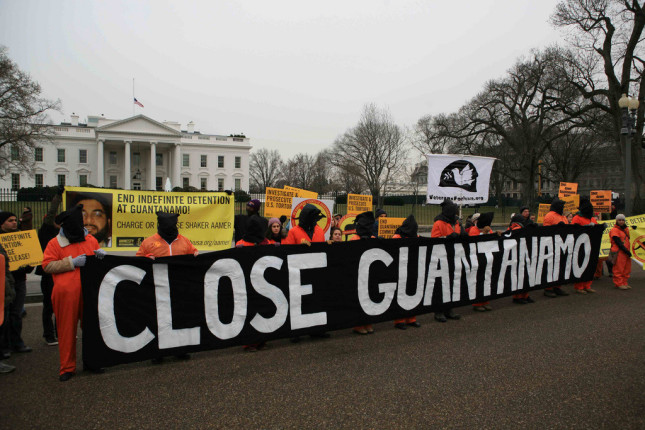
It took two years of intensive talks to lay the groundwork for the March 2016 state visit. Although Cuba has complained for decades about the harm from the embargo, it is no longer a country without its own toilet paper or medications, but one that has painfully built its own economy. Its tough negotiating stance with US business is apparent from the statements of its officials and actions of the US. On December 17, 2014, the decision to reestablish diplomatic relations was announced simultaneous with the US release of the last three of the Cuban 5 prisoners. Another less obvious concession was the resignation of former USAID Director, Rajiv Shah, who had apparently attempted to infiltrate the Cuban hip-hop movement and distributed a social media program called ZunZuneo to produce anti-government propaganda. On April 10, 2015, with a now-famous handshake, Mr. Obama personally welcomed Cuban President Raul Castro to an OAS summit. By December 2015, the US had removed Cuba from the list of countries that sponsor terrorism, John Kerry and other members of Obama’s cabinet had visited Havana, and Cuban Foreign Minister Bruno Rodriguez Parrilla had visited Washington.
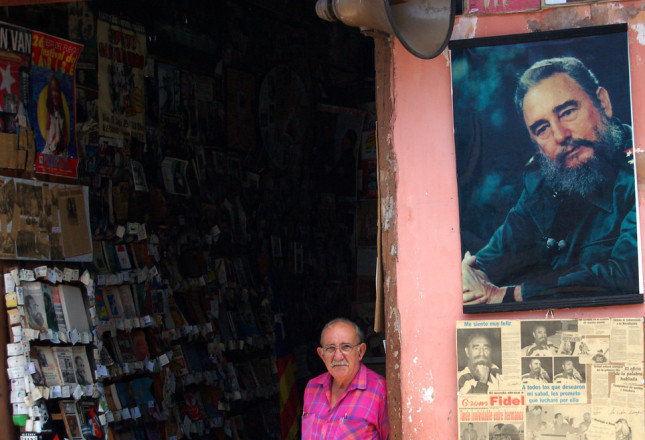
The rollback of the US sanctions has been quite limited in terms of the restrictions on trade and investment, although a series of measures with public-relations value have been promulgated. These include an increase in the permitted remittances to Cuba per quarter from $500 to $2,000, the restoration of direct flights and mail service, and a relaxation of travel for family visits, journalistic work, government business, scientific exchange, education, religion, cultural exchange, and sports. Cuba on the other hand has, since December 2014, released the USAID contractor Alan Gross, and 53 political prisoners including the CIA mole Rolando Sarraff Trujillo, who had infiltrated Cuba’s Interior Ministry.
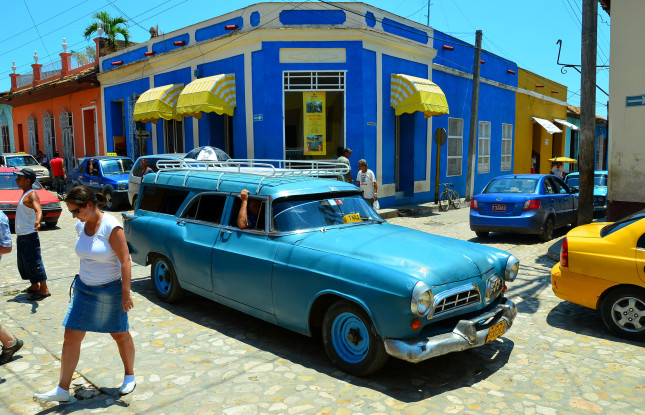
The negotiations continue. Cuba remains dissatisfied and wary of the US. On his return to the US, Obama made the grand gesture of asking the Congress to end the trade embargo; however Raul Castro and others believe that, except in the area of telecommunications, the US president has held back from using his executive powers to go further with the repeal of the blockade. At the CELAC meeting of January 28, 2015, Mr. Castro said:
“Prohibitions on credit and the use of the dollar in international financial transactions remain in place; individual travel by U.S. citizens is hampered under the system of licenses for so-called people-to-people exchanges; these are conditioned by subversive goals; and maritime travel is not allowed.
“Prohibitions remain on the acquisition in other markets of equipment and technology with more than 10% U.S. components, and on imports by the United States of goods containing Cuban raw materials, among many, many others.”
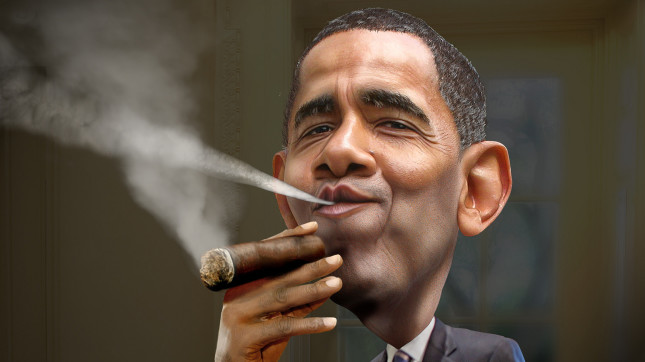
Cuba has also demanded the return of Guantanamo, for which it has not accepted the rent payments since 1959. “I emphasized that the total lifting of the blockade, the return of the illegally occupied territory of Guantánamo, as well as the full respect for Cuban sovereignty, and the compensation to our people for human and economic damages, are crucial to be able to move towards the normalization of relations,” Foreign Minister Bruno Rodriguez Parrilla said. Nevertheless, the US continues to proceed as if it wants the land in perpetuity. A booby-trap article in the Guantanamo lease says that it can only be terminated with the consent of the US or both contracting parties. In other words, all it takes for the US to clear out of Guantanamo is the will to do so. Removal of the US naval base and its odious prison camp would go a long way towards establishing friendly relations with Cuba.
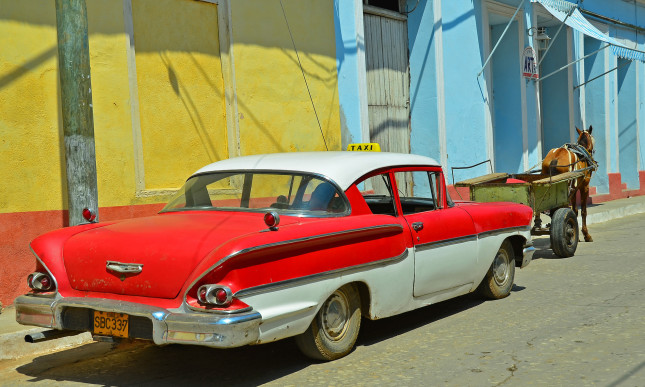
Furthermore, in return for opening its market to the US, Cuba wants equal access to the US market. Currently, Cuba holds more than 30 patents in the area of biotechnology, which is its main export. It manufactures more than 800 products for the health needs of Cubans, for whom it provides universal medical coverage. Cuba would like to sell its biotech products in the US and conduct the requisite clinical trials of Cuban products with US patients. Computer software is also a big Cuban product. A state-owned company called Albet produces much of this software, which is quite extensive and is sold in Latin America, Spain, and Angola. Cuba has produced numerous computer games, including a popular program that teaches how to play chess; it has produced cell-phone platforms as well as a popular operating system; and of course, it has produced software for the health sector, including programs to capture and visualize digitized images for diagnoses. Finally, Cuba wants to expand its tourism industry. Out of about 3.5 million tourists in 2015, only about 145,000 Americans visited Cuba, and this represented a doubling compared to 2014. It is reasonable to expect that this sector will grow as the ease of travel to Cuba becomes comparable to any other travel in the Caribbean.
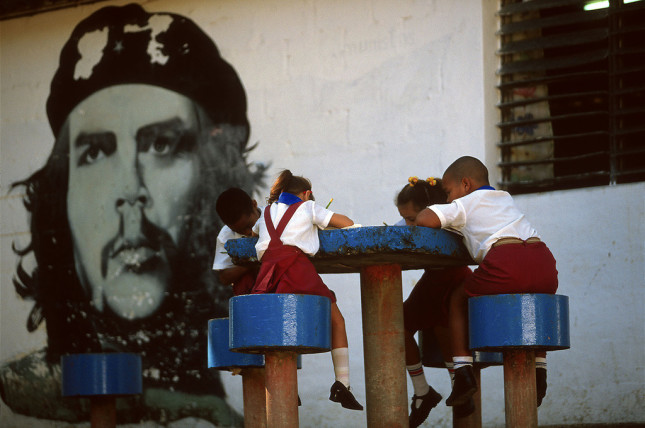
Cuba has had enough experience with the Monroe Doctrine to know that the US goal will always be to turn it into a colony. In 1959, this process was much farther along in Cuba than in Haiti. Although more than 30 percent of the Cuban population were blacks and mulattoes, Jim Crow policies were in effect. Cuba was Havana, cash crops, and misery, and Havana was a casino-bordello run by US mobsters where Americans went to sin, and one of the top occupations for women was prostitution, as it is now in the Dominican Republic. From this horror, in the span of 57 years, Cuba has managed to achieve universal healthcare and equal pay for equal work, as Raul Castro politely pointed out whenever Obama brought up the issue of human rights. Cuba has also achieved a quite diversified economy that involves many trade partners, including ones like Russia and Venezuela, that were, or still are, shunned by the US.
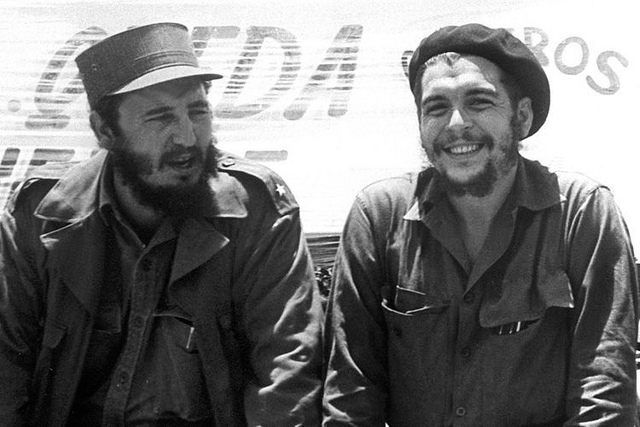
It stands to reason that, without its revolution, Cuba would now be a basket case: much worse than Puerto Rico, which is on the verge of bankruptcy, and much worse than Haiti, where the State coffers are empty, and there is no longer any agricultural economy or government to speak of. American finance and telecommunication companies will want to control the flow of money and information as much as possible, and they will try to exploit this control to pressure Cuba to make policy decisions that will destabilize it and make it dependent on the US. The new wave of colonists want to be in place now because they think that their work to undermine the Cuban Revolution will become easier after Cuba’s great hero Fidel Castro dies. This is partly the result of a US belief in its own propaganda that Mr. Castro micromanages everything in a country of 11 million people. Three generations of capable Cubans have grown since the revolution, and there should be new people to steer this project through more iterations.
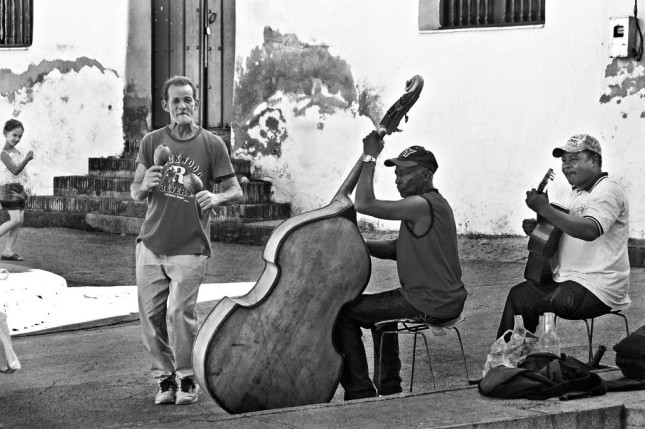
Even as the US courts Cuba, the US intention is clearly a Bay of Pigs invasion with a smile. The Cuban Revolution has enormous symbolic importance for people throughout the world who are fighting US domination, and the undoing of this revolution would be major psychological blow. The US is already hinting that it wants popular elections that it can manipulate. In a March 22 speech, the US president stressed that “Cuba has a one-party system, [but] the United States is a multi-party democracy.” This is quite laughable, given the subservience of both US parties to the same business concerns, and the charade that currently passes for an election in the US. In response to a question from Cuban-American CNN reporter Jim Acosta about human rights in Cuba, Mr. Obama said, “I’ve met with people who have been subject to arbitrary detention and that’s something that I generally have to speak on because I hear from them directly and I know what it means for them,” to generate the right headlines, although he knew that in preparation for the détente, Cuba had released all 53 political prisoners on a list drafted by the US.
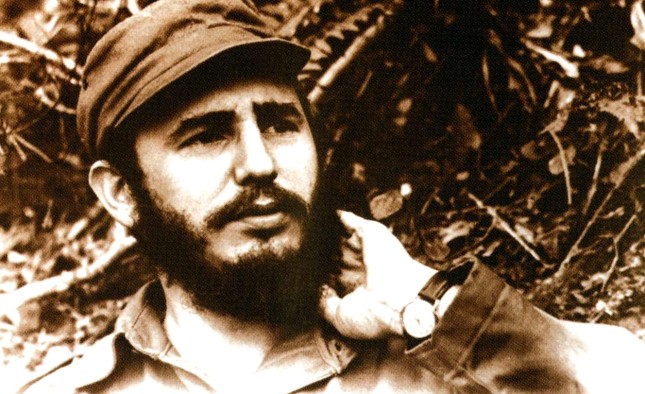
In Raul Castro’s response to a follow up question, he said: “Give me a name, or names… and if we have those political prisoners they will be released before tonight ends.” The next day, in a brilliant show of Cuban openness, an embarrassed Mr. Obama was allowed to meet with a group of Cuban political dissidents so he could collect as many prisoner names from them as he wished. Few countries, including the US would pass the same test. As ever, the Cuban revolution thrives while under attack; one can only hope that it will never imagine it is not.
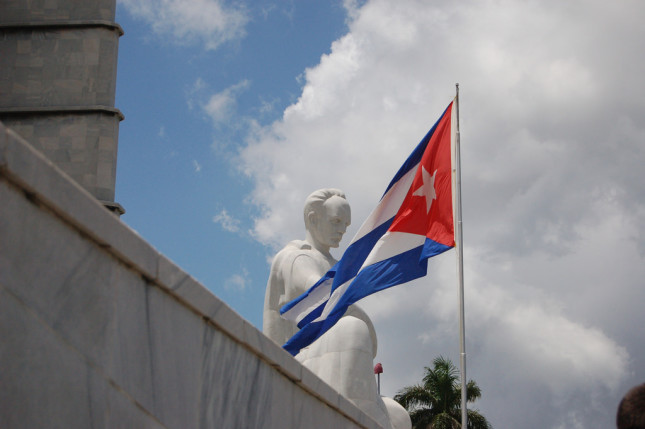
Sources: News Junkie Post | Dady Chery is the author of We Have Dared to Be Free. | Photographs one and seven by Ed Yourdon; two by Burt Glinn; four and nine by Bud Ellison; five from the Witness Against Torture archive; six and fourteen by Tom Graham; composite image eight by Donkey Hotey; photographs ten by Mike Keran, and twelve by Dani.

